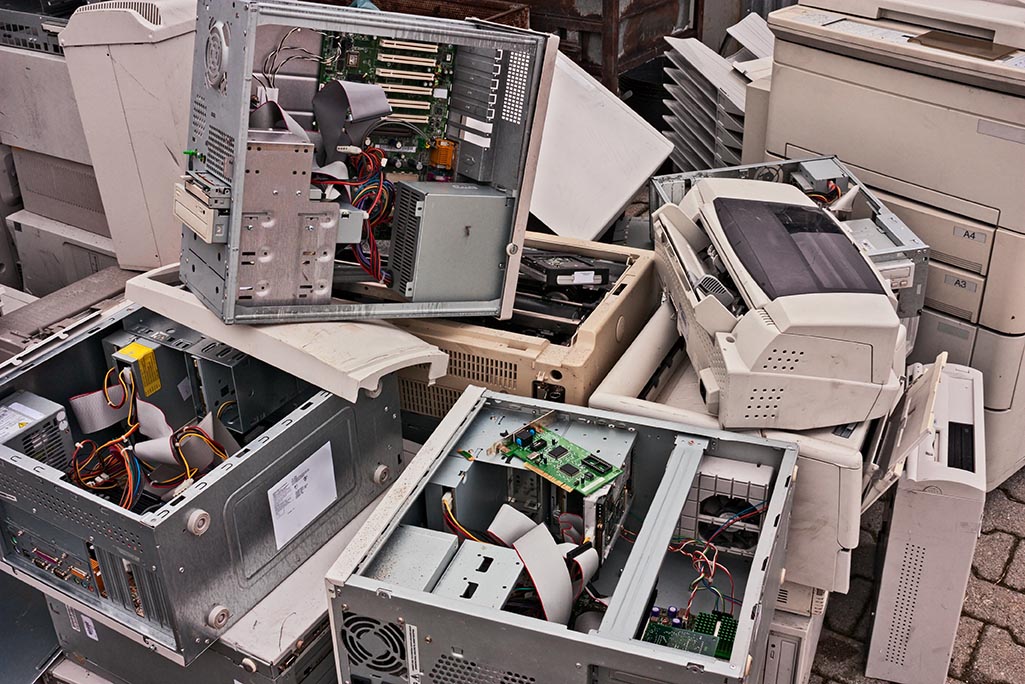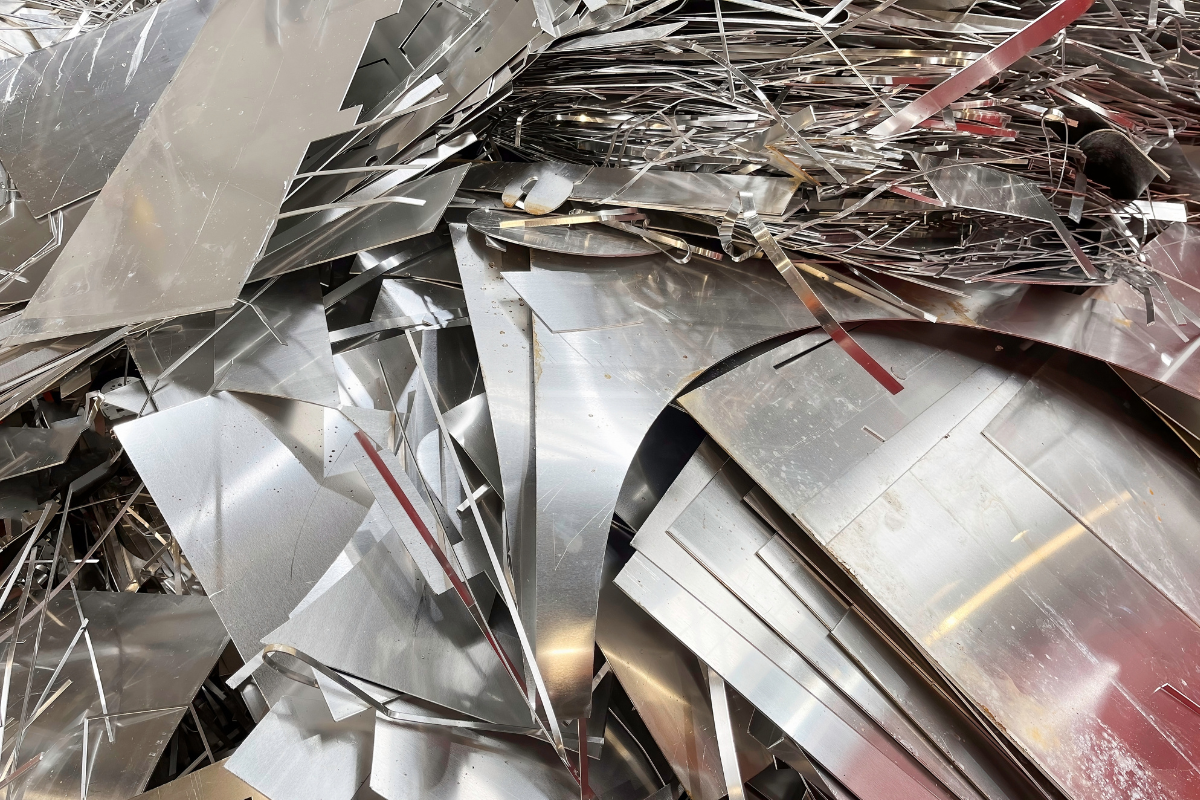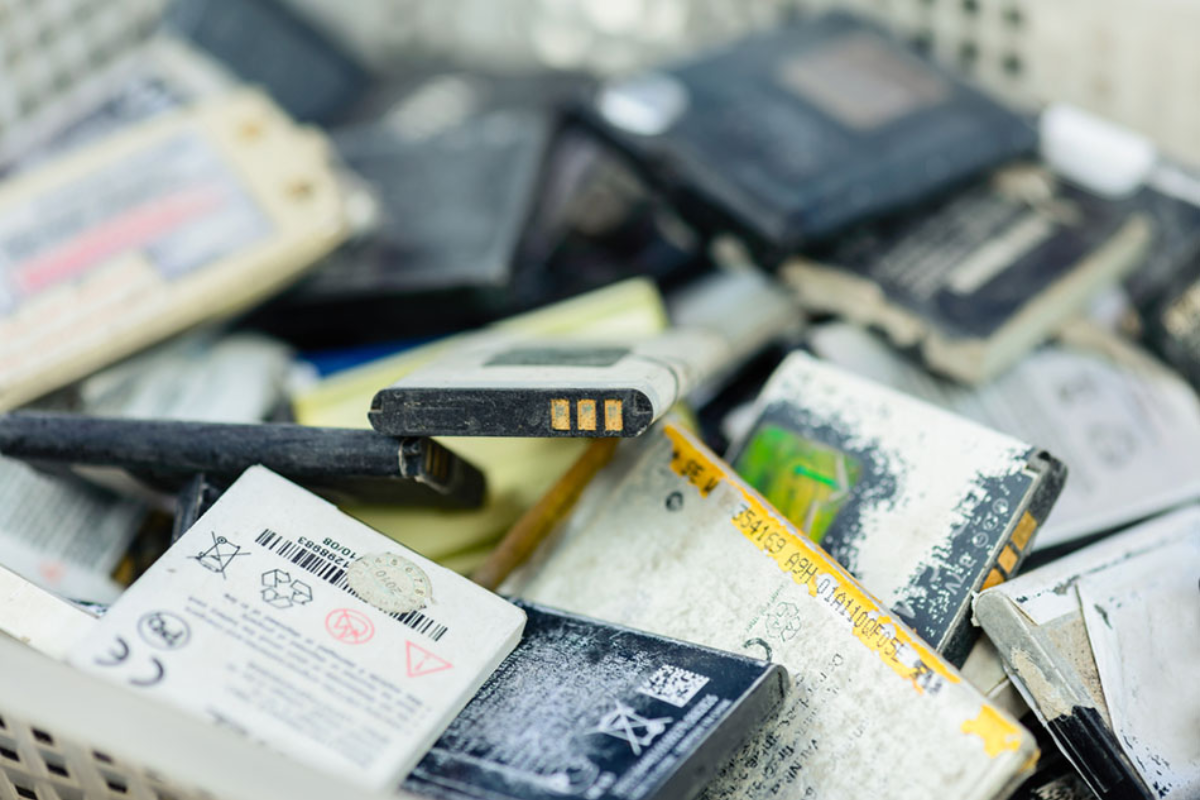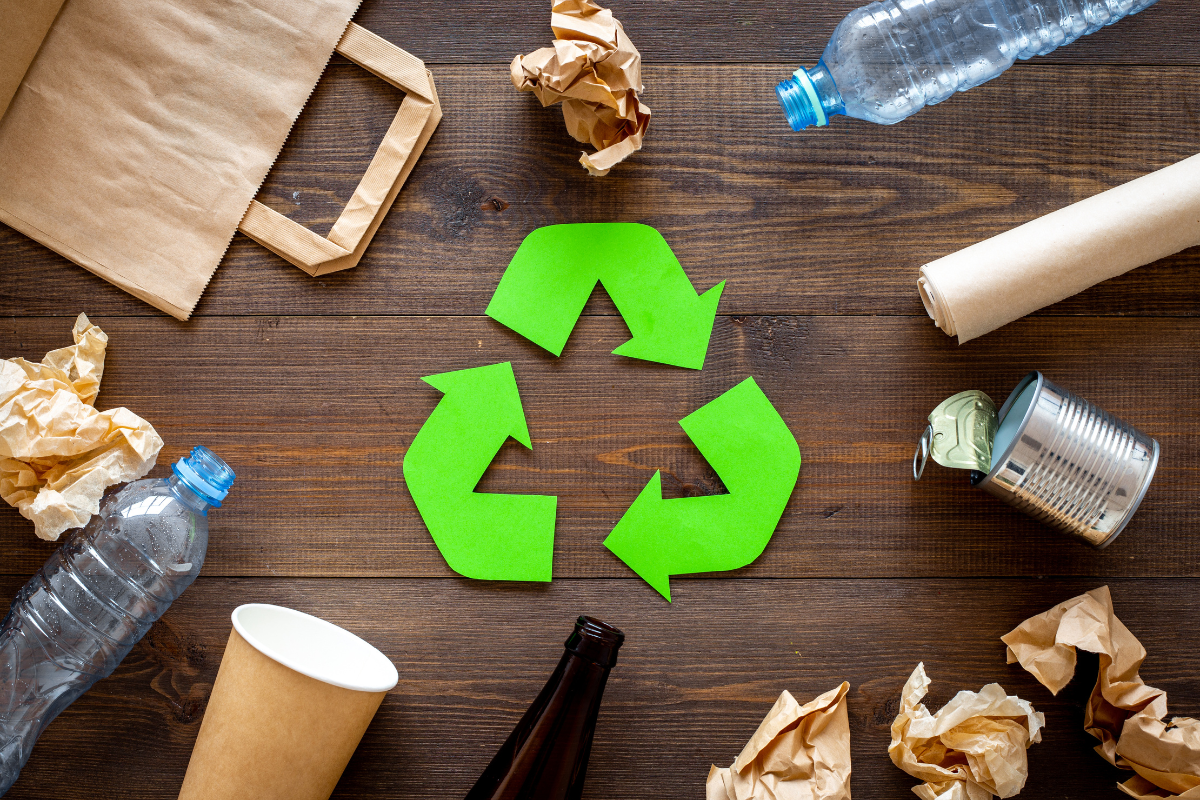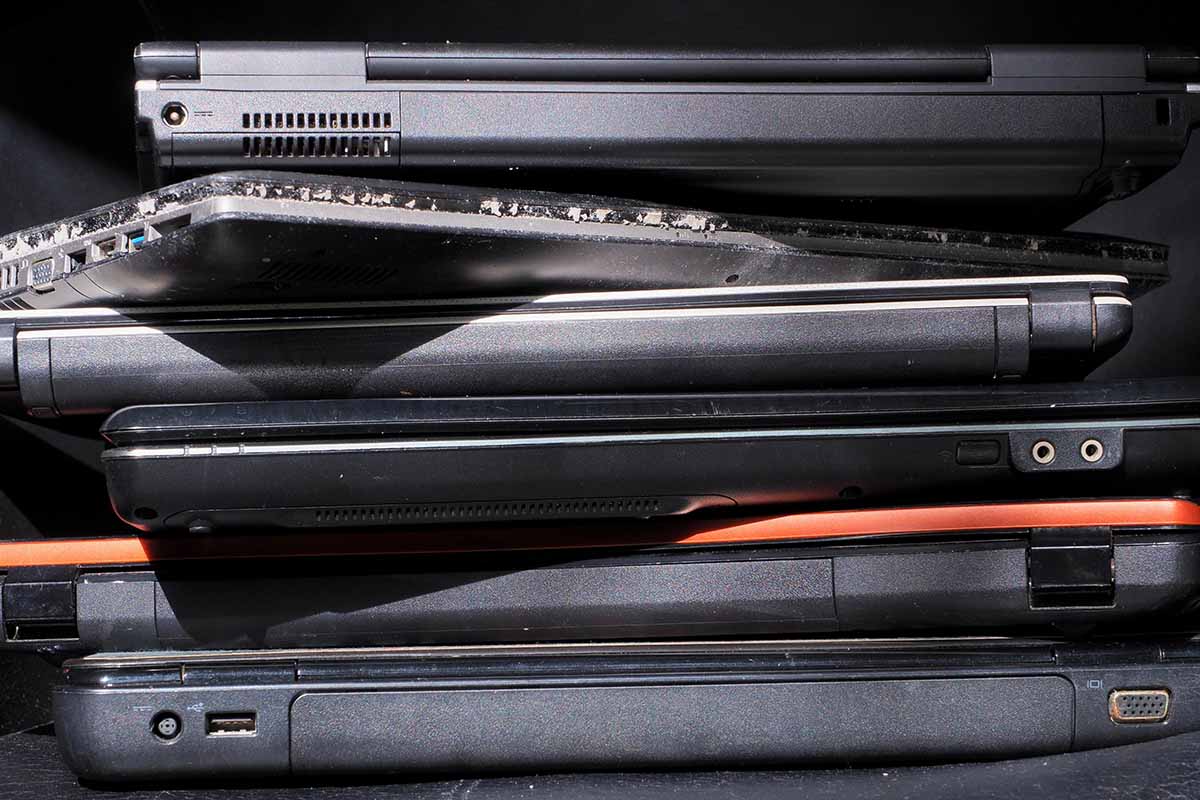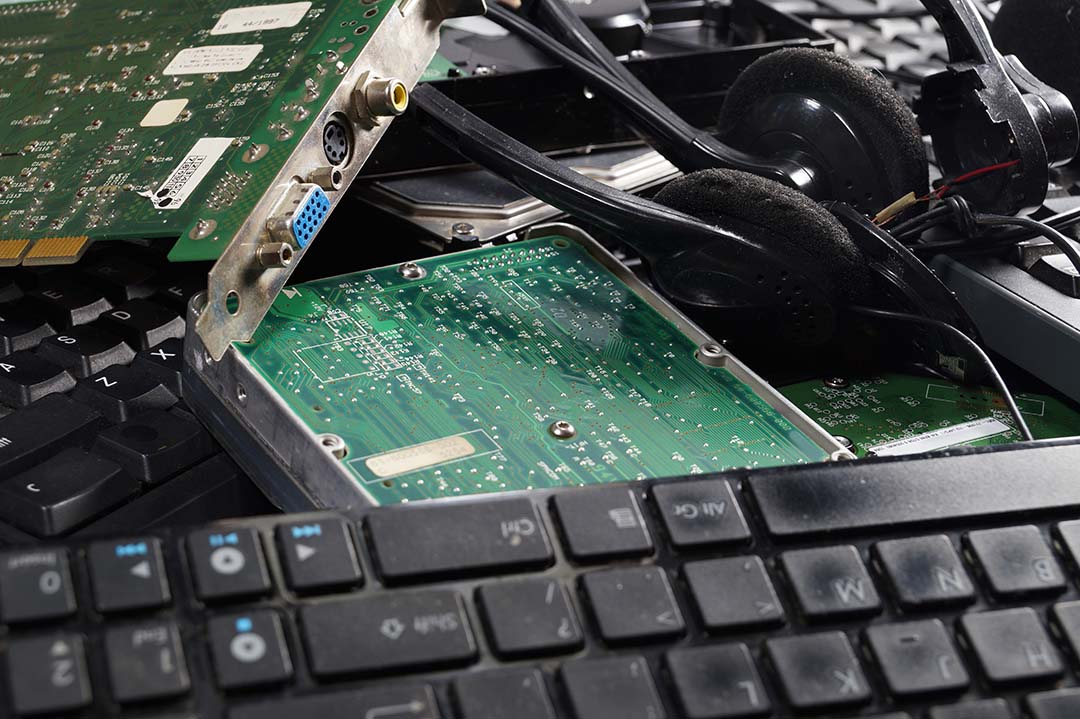
The tariffs threaten to raise costs to import end-of-life batteries, circuit boards and mixed e-scrap from Canada and Mexico. | priscilla list/Shutterstock
March 7 update: Some of the new tariffs on imports from both Mexico and Canada were paused following executive orders President Donald Trump signed on March 6. The orders exempt goods that enter the U.S. under the U.S.-Mexico-Canada Agreement, which would appear to exempt recycled materials, but it’s not entirely clear. Canada’s first round of retaliatory tariffs appears to remain in effect.
The Recycled Materials Association warned of potential “severe” disruption to the materials recovery sector after tariffs targeting the U.S.’s largest trading partners took effect this week. Some tariffs on Mexican imports were paused for another month on March 6. Meanwhile, Canada’s proposed response includes tariffs on U.S. exports of recycled materials. Continue Reading
